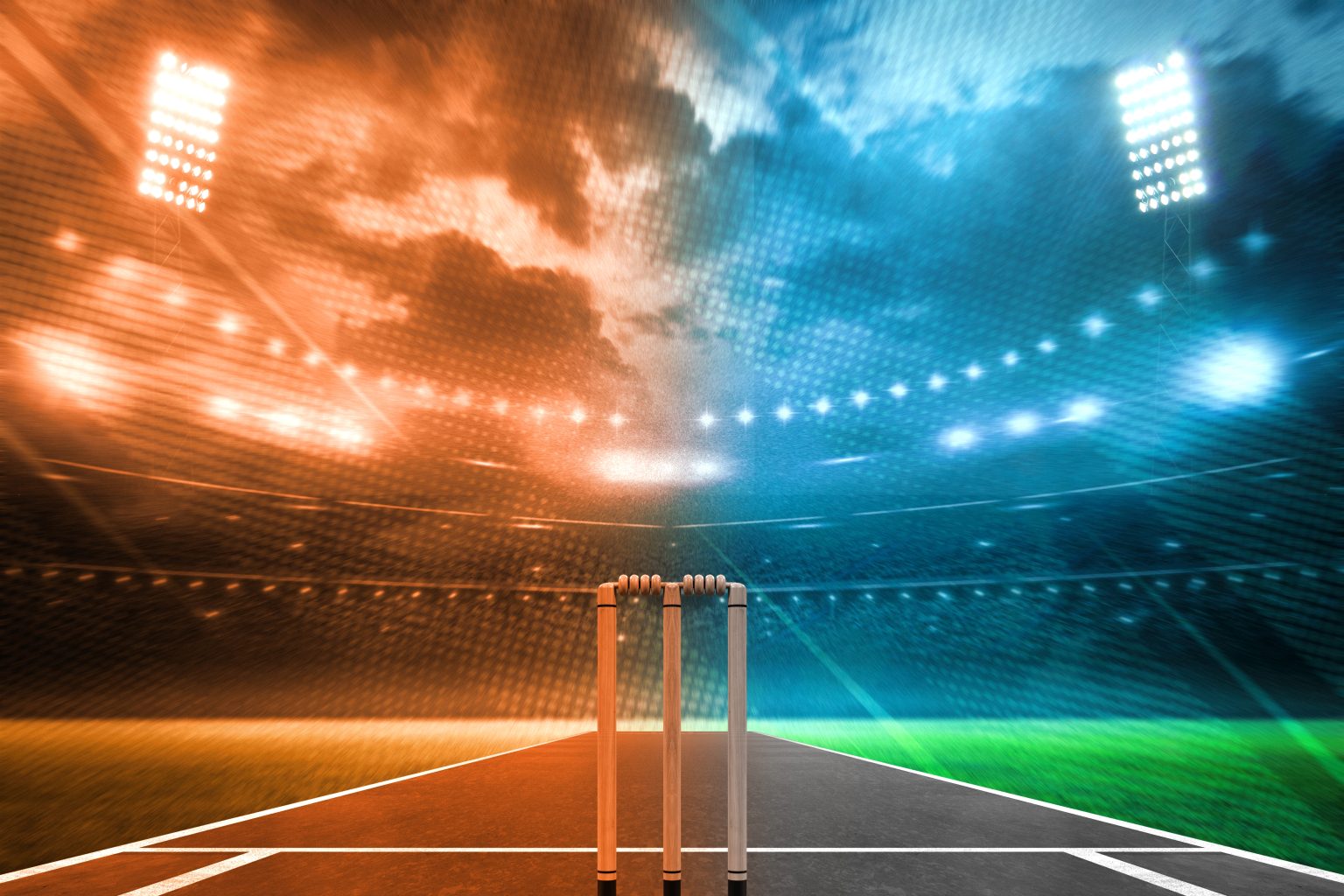Cricket is a traditional game that has adopted technological innovations to improve fairness and interest in the sport. We appreciate the excitement technology brings into every game as MelBet BD fans. Cricket has been changed by inventions like the Decision Review System (DRS) and the accuracy of Hawk-Eye, which make it more interesting for both players and supporters.
Review of Technological Improvements in Cricket
Cricket has undergone significant technological changes over the years to help umpires make accurate decisions and improve the overall experience of the game. The Snickometer, Hot Spot and Hawk-Eye are now part of cricket. These things provide clear information, which is useful for umpires as well as being exciting for spectators.
The introduction of these tools has reduced human error but also made cricket more transparent and fair at the same time. This shift guarantees that athletes and followers see what really happens during matches, thus building trust towards this sport while increasing its entertainment value.

Overview of the Decision Review System (DRS)
The game of cricket underwent a revolution with the introduction of DRS, which allows teams to challenge an umpire’s decision. Here are some points about DRS:
- Player referrals: Using the available technology, players can ask for another look at what they thought was wrongly judged by the referee so that correct calls are made.
- Hawk-eye: It is used in tracking the trajectory of balls to aid in determining LBW (leg before wicket) decisions.
- Ultraedge: This system employs sound-based technology to pick up faint edges on catches behind the stumps.
DRS has brought down significantly on wrong calls, thus making contests fairer and more exciting. The system also underscores precision when it matters most, not only for key moments but all throughout any given match where accuracy must prevail for everyone’s sake involved.
Technological Aids in Cricket
Cricket technology is essential because it levels the playing field and raises crowd engagement. Hawk-Eye and Snickometer combined with Hot Spot are two examples of significant technologies that we will discuss in this section.
Hawk-Eye Technology
Among cricket’s most impactful technologies is Hawk-Eye. The system employs multiple high-speed cameras scattered across the ground that follow the trajectory of a ball very precisely. This information enables referees to make better judgements, particularly during complicated instances such as LBW (leg before wicket) decisions.
It’s not just players who benefit from this sort of accuracy – fans too. By showing people where exactly balls have been hit or missed, Hawk-Eye provides an easy-to-understand visual representation for supporters present at or watching on screen what might otherwise be rather puzzling events. Such transparency ensures fairness while also adding another level of comprehension to those watching, thus making matches more interesting overall.
Real-Time Snickometer and Hot Spot
Snickometer and Hot Spot can work in tandem to detect even the thinnest of edges. This device uses sound waves to catch those slight contacts between bat and ball, which is very important in caught behind as well as LBW decisions. On the other hand, Hot Spot employs infrared cameras that show where exactly on the bat or pad it hit.
These technologies have changed our understanding of close calls forever by delivering irrefutable proof for or against any decision made on-field. They make sure every game is fairly played by umpires becoming more accurate with their judgements, ensuring each call is as exact as possible.
Effects on Game Dynamics and Regulations
The dynamics and rules of cricket have changed a lot due to technological advancements. The game has become more accurate and fair by introducing things like DRS, Hawk-Eye, and Snickometer. These inventions ensure that judgments are correct, hence reducing the possibility of human error. The following are the main impacts:
- Better umpiring accuracy: Technology helps in making precise decisions.
- Alteration of rules: Changes in regulations were made to embrace technology effectively.
- The pace of the game: The use of technology can affect how fast or slow-paced a match is.
These alterations guarantee the observance of cricket spirit as well as fair play while enhancing transparency in playing it.

Reception and Criticism of Technology in Cricket
The advent of technology in cricket has been received with mixed reactions. Many fans melbet facebook and players appreciate its precision and fairness. They argue that tools such as the DRS and Hawk-Eye have turned around how decisions are made by making sure matches are won on merit, not mistakes.
However, there are dissenters who think that the use of technology interrupts the flow of play and at times causes controversy. They believe that too much reliance on technology can erode the human side of cricket. Despite this, it can be said without any doubt that technology has improved this game to a large extent where most people find it dependable as well as interesting.
Final Words
Technology has undoubtedly brought more accuracy into cricket while also increasing its thrill factor. By mixing innovation with tradition, cricket keeps growing to remain fair to all parties involved while still entertaining them equally.



